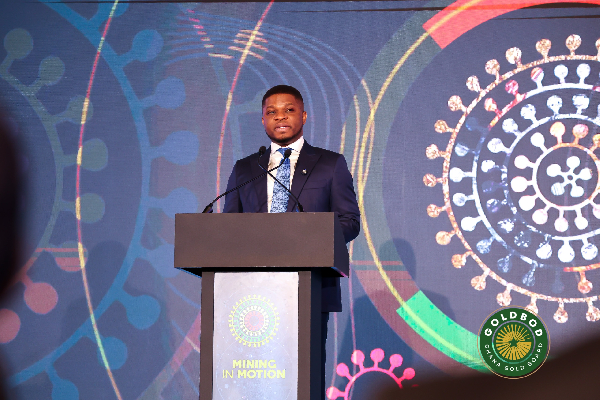Antiseizure Medication Prescription Patterns for Treatment of Post-Traumatic Epilepsy
Post-traumatic epilepsy (PTE) is common, occurring in upward of 1 in 3 patients with severe traumatic brain injury (TBI). There are limited data regarding initial prescription patterns and long-term course of antiseizure medications (ASMs).
The goal of this study was to describe ASM prescription patterns and pharmacoresistance over time. We performed a secondary analysis of a prospective database of patients with severe TBI treated at a single center from 2002 through 2018. We included patients with PTE, defined as at least one seizure more than 7 days from injury, and at least six-month follow-up after PTE onset. ASMs were categorized as older (e.g., phenytoin) or newer (e.g., levetiracetam). We evaluated ASM prescription patterns and their association with epileptology referral and Glasgow Outcome Scale (GOS) score. We developed a logistic regression to predict pharmacoresistance.
Our cohort included 84 patients with PTE. ASM prescription for longer than 7 days after injury had only moderate correspondence with early post-traumatic seizures or PTE (Cohen Kappa 41%). At PTE onset, most (53%) were treated with newer ASM monotherapy, with 27% on older ASMs and 20% on multiple ASMs. Patients initially prescribed older ASM monotherapy were less likely to maintain their ASM monotherapy (e.g., medication switch/addition and self-wean) compared with those on newer ASMs (odds ratio [OR] 4.6; 95% confidence interval [CI] 1.3-16.7; p = 0.02). Only 23% of patients were referred to specialized epilepsy care despite 54% trialing 2 or more ASMs. Pharmacoresistance was associated with worse GOS outcomes (p = 0.04). Decompressive hemicraniectomy (OR 6.0; 95% CI 1.4-44; p = 0.03) and initial ASM polytherapy (OR 7.2; 95% CI 1.7-34; p < 0.01) predicted pharmacoresistance at 2 years.
We provide evidence suggesting that use of newer generation seizure medications is preferable when treating PTE. In addition, we identified early risk factors of pharmacoresistance, which was associated with poor long-term outcomes.
© 2025 American Academy of Neurology.
J. Gonzalez-Martinez accepts consulting fees from Zimmer Biomet; J. Castellano accepts fees from NeuroOne Medical Technologies Corporation; W.T. Kerr writes review articles for Medlink Neurology; is a paid consultant for SK Life Sciences, Biohaven Pharmaceuticals, and EpiTel; has collaborative or data use agreements with Eisai, Janssen, Radius Health, UCB, GlaxoSmithKline (GSK), and Jazz Pharmaceuticals. All other authors report no relevant disclosures. Full disclosure form information provided by the authors is available with the full text of this article at Neurology.org/cp.
You may also like...
Diddy's Legal Troubles & Racketeering Trial

Music mogul Sean 'Diddy' Combs was acquitted of sex trafficking and racketeering charges but convicted on transportation...
Thomas Partey Faces Rape & Sexual Assault Charges

Former Arsenal midfielder Thomas Partey has been formally charged with multiple counts of rape and sexual assault by UK ...
Nigeria Universities Changes Admission Policies

JAMB has clarified its admission policies, rectifying a student's status, reiterating the necessity of its Central Admis...
Ghana's Economic Reforms & Gold Sector Initiatives

Ghana is undertaking a comprehensive economic overhaul with President John Dramani Mahama's 24-Hour Economy and Accelera...
WAFCON 2024 African Women's Football Tournament

The 2024 Women's Africa Cup of Nations opened with thrilling matches, seeing Nigeria's Super Falcons secure a dominant 3...
Emergence & Dynamics of Nigeria's ADC Coalition

A new opposition coalition, led by the African Democratic Congress (ADC), is emerging to challenge President Bola Ahmed ...
Demise of Olubadan of Ibadanland
Oba Owolabi Olakulehin, the 43rd Olubadan of Ibadanland, has died at 90, concluding a life of distinguished service in t...
Death of Nigerian Goalkeeping Legend Peter Rufai

Nigerian football mourns the death of legendary Super Eagles goalkeeper Peter Rufai, who passed away at 61. Known as 'Do...



